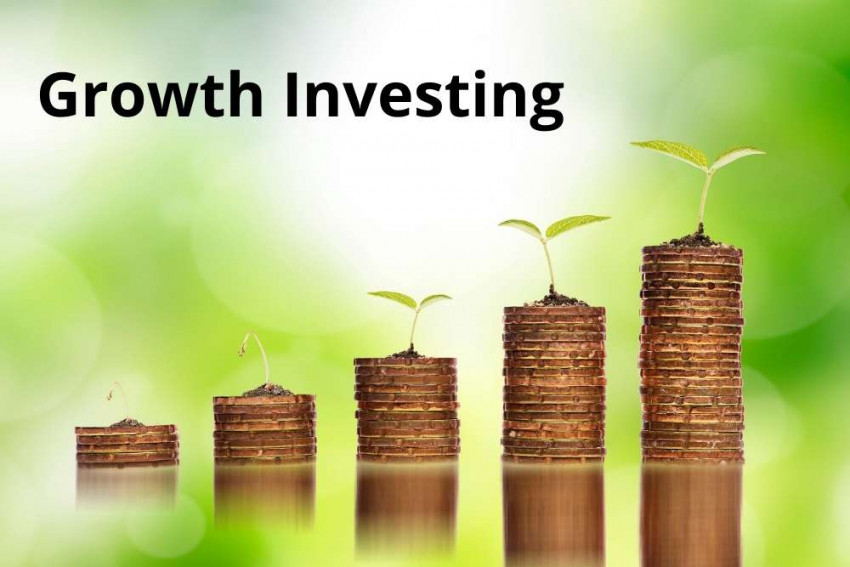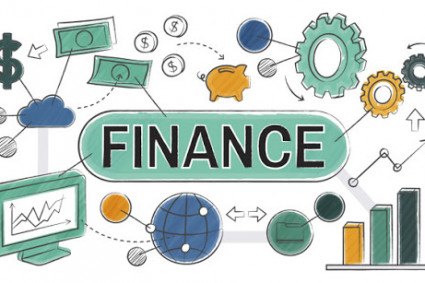
Growth investing enthusiasts search for $100 stocks that could be worth $200 in the near future. The only conditionality is that the company has to keep on growing in the meantime. The success of such an investment depends on the expansion of the company. The market has to continue to said stock becoming a premium valuation price growth stock, as attested by a P/E ratio, farther into the future provided the company has not lost its shine.
Sometimes called momentum stocks, growth stocks’ robust skyward rise attracts evermore investors galore. But, bafflingly, sometimes such phenomena occur in the absence of solid fundamentals. As a result, growth stocks are hard to put down. They have the tendency to rise again and again, like Phoenix from the ashes.
The current state of growth investing
These days growth stocks are having a real good time of it. These sent the preceding decade running up the backs of bright prospect tech companies. Tech stocks like Alphabet, Facebook, Apple, Amazon, Netflix, lord it over the market. They comprise a sizable portion of important indexes such as S & P 500. Microsoft obviously belongs here.
In the 5 years till 2019, large-cap growth outdid large-cap value by a cumulative 30%. So what exactly was driving growth stocks? First, investors became so apprehensive of short term events and the low growth economy that they showed a marked willingness to pay a higher premium for future growth.
The abovementioned stocks traded over 24 times earnings in winter 2020. Conversely, the & P 500 historical P/E ratio approaches 16 times earnings.
The driver for growth has been p[erceived to be the market’s grasp for anything that could show the ability to multiply earnings in a disinflationary, low growth environment.
Market watchers point to tech and communications services stocks as the victors on the growth side. They also mark and bring to our notice the energy and financial stocks that waver in the path in this environment. Old-line companies have apparently been harder hit by the Pandemic. Tech stocks actually thrived in this period.
Traditional banks have been made to suffer by the interest rate environment. A flatter, lower yield curve, has markedly restricted the earning power of financials. Understandably, the Pandemic Age has been the arena of disruptive activity by growth stocks, most of them with roots in tech.
Defining growth investing
We may understand what growth investing is by removing whatever it is not. The approach works with respect to purchasing stocks adhering to businesses that have prominent features rivals lack. These include market-beating growth rates in sales and earnings. Taken into account also are qualitative factors like strong customer loyalty and a brand of considerable value.
Preparing your finances
Only if you have disposable income ought you to venture into growth investing. While the market usually rises over the long term, it oftentimes posts sudden 10%, 20% drops, or more that take place without warning. Do not put yourself into a position where you will be forced to sell stocks during a down period. Per ideal situations, you ought to be prepared to buy stocks when most of the rest are selling.
Comfortable with growth approaches
You may opt for concentrating only on big, well-established firms that already have a history of yielding positive earnings. The approach has to be rooted in quantitative metrics that are compatible with stock screeners, like operating margin, compound annual growth, and return on invested capital. Conversely, many growth investors purposely purchase the best performers, with a minuscule focus on share prices.
Frequently it does make sense to concentrate your purchases in companies and industries you are familiar with. It is okay to be a specialist in this regard rather than a generalist. A company’s earnings growth can be projected out over many years. Also, the fundamentals of a business count for as much as the price of its share.
The stock of choice
You may wish to allocate 10% of portfolio funds, and as your experience builds up, the ratio can rise. Risk plays a significant role. Growth stocks are deemed more volatile relative to value stocks.
Growth funds
The best way to gain exposure to a varied range of growth stocks via a fund. Many retirement plans feature growth concentrated options.
A good option might be buying a growth based index fund. These offer cheaper diversification as compared to mutual funds.
Screening for growth stocks
Buying individual growth stocks is always an option. Notwithstanding the possibility of such a stock carrying more risk than investing in a diversified fund, the approach has the highest probability for market-beating returns.
While screening for growth stocks, screen for factors such as the following:
Above-average growth in earnings per share, or the company profits yielded each year;
Above-average profitability or the sales percentage the company transforms into profits;
Revenue/sales high historical growth;
Invested capital high return, a measure of efficiency in the company’s spending habits.
Maximising returns
You have to hold on to volatile growth stocks for a number of ears in order for your growth investing to be useful.
In case a portion of your holdings have gained value to the degree that your portfolio gets dominated, you might wish to rebalance your portfolio;
In case a stock rises far above your reckoning of its value, you may mull selling it. That’s even more reasonable if you have identified better investments for the funds;
You might wish to sell in case the company has made a major departure from the bases that attracted you to them initially.
Conclusion
An investment style and strategy focussed on increasing an investor’s capital, growth investing attracts many. Buying stock in rising companies demonstrably has very high returns. However, these companies also might be new, hence untried, therefore risky. A clear vision of risk management can help growth investors bypass the turbulence of volatility.




